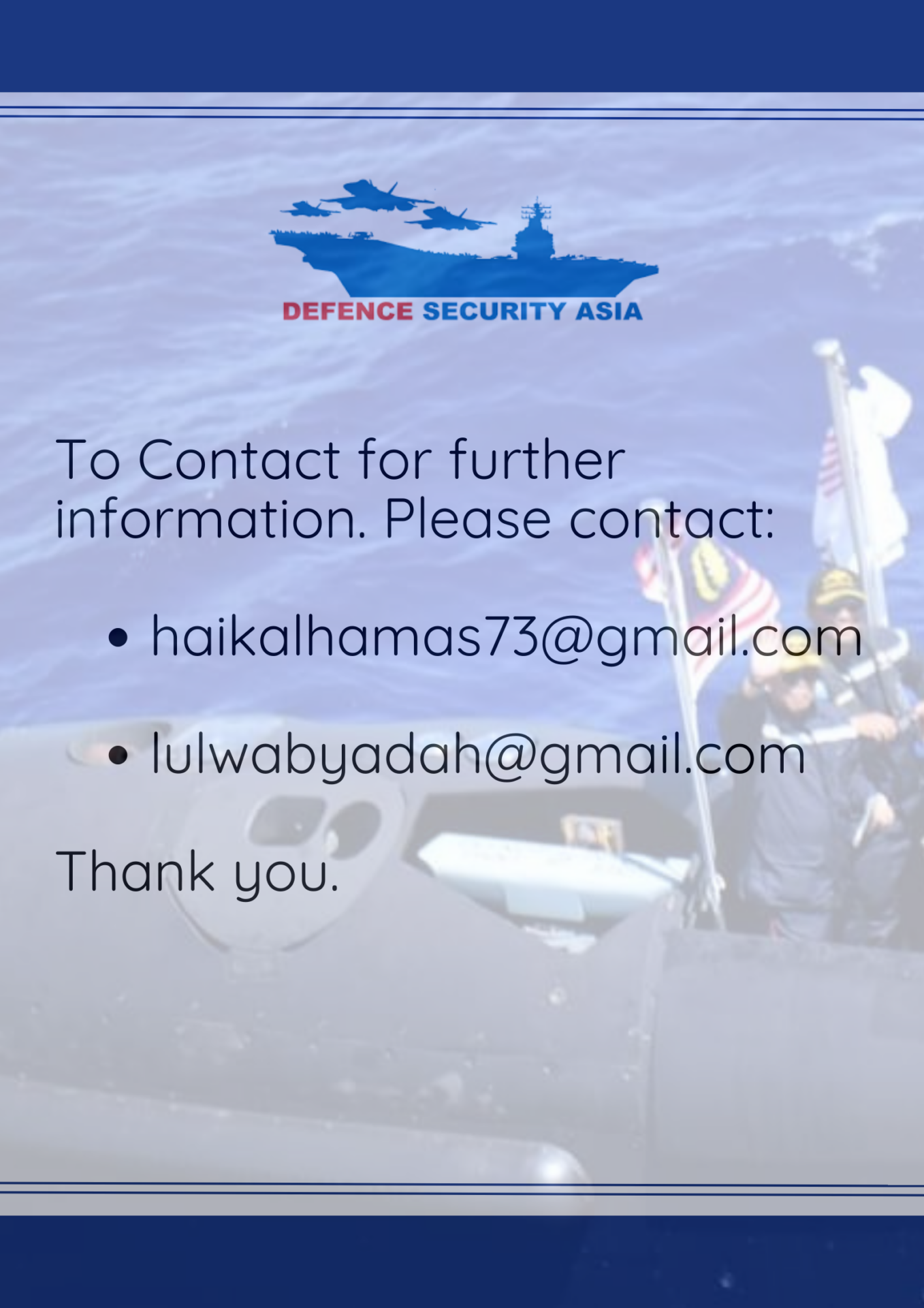Satellite Images Reveal Final Preparations at Iranian Air Base Ahead of Sukhoi Su-35 Arrival
Defense analysts suggest that the shelters currently under construction may be intended to house Sukhoi Su-35 fighter jets, which Iran is reportedly set to receive from Russia in the near future, as claimed in recent media reports.
(DEFENCE SECURITY ASIA) – Recent satellite imagery reveals significant construction activity at Iran’s Hamadan Air Force Base, where aircraft shelters are being built on a notable scale.
The size of these shelters suggests they are intended for larger and more advanced fighter jets.
Defense analysts speculate that these structures are likely to house Su-35 fighter jets, which Iran is expected to receive from Russia in the near future.
Reports indicate that Iran’s efforts to acquire these 4.5-generation fighters are progressing, despite earlier challenges suggesting Tehran faced obstacles in its procurement efforts.
International media recently reported that Russia has granted Iran a license to locally assemble Su-35 and Su-30 fighter jets.
If confirmed, this development could significantly enhance Iran’s air power, which has long lagged behind its other military branches.

Observers believe that domestic assembly could allow Iran to build more than 100 Su-35 and Su-30 fighters in the near future.
This collaboration between Iran and Russia represents a potential strategic shift in the region, posing a challenge to U.S.-aligned countries in the Middle East that have traditionally dominated air superiority.
Reports suggest Iran plans to locally assemble between 48 and 77 Su-35 (Flanker-E) jets in partnership with Russia, though the number of Su-30s to be built remains uncertain, potentially exceeding the Su-35 figures.
The Su-35 jets became available after Egypt canceled its purchase of 24 units under U.S. pressure.
Egypt initially signed an agreement with Russia but withdrew following threats of economic sanctions under the CAATSA framework.
Analysts also believe that Iran’s acquisition of Su-35s could be part of a broader quid pro quo for its military support to Russia during its Ukraine campaign.

Tehran has supplied Moscow with thousands of Shahed-136 kamikaze drones and, more recently, ballistic missiles used to target Ukrainian military positions and infrastructure.
For Iran, receiving Su-35 fighters marks a step toward modernizing its aging air force, which currently relies on decades-old U.S.-made aircraft such as the F-4 Phantom, F-14 Tomcat, and F-5, procured during the pro-Western reign of the Shah before the 1979 revolution.
The Shah’s government was replaced by Ayatollah Khomeini’s regime, which severed ties with the West.
In addition to U.S. and Russian-made aircraft, Iran’s air force also operates older fighters from France and China, reflecting its diverse but dated fleet. — DSA




Comments are closed.